Related Research Articles
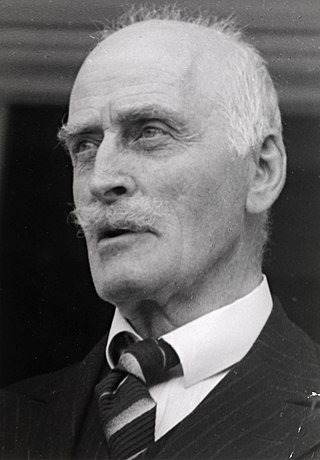
Knut Hamsun was a Norwegian writer who was awarded the Nobel Prize in Literature in 1920. Hamsun's work spans more than 70 years and shows variation with regard to consciousness, subject, perspective and environment. He published more than 23 novels, a collection of poetry, some short stories and plays, a travelogue, works of non-fiction and some essays.

Hunger is a novel by the Norwegian author Knut Hamsun published in 1890 by P.G. Philipsens Forlag. The novel has been hailed as the literary opening of the 20th century and an outstanding example of modern, psychology-driven literature. Hunger portrays the irrationality of the human mind in an intriguing and sometimes humorous manner.
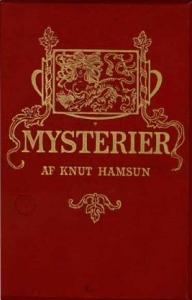
Mysteries is the second novel by Norwegian author Knut Hamsun.

Growth of the Soil is a novel by Knut Hamsun which won him the Nobel Prize in Literature in 1920. It follows the story of a man who settles and lives in rural Norway. First published in 1917, it has since been translated from Norwegian into many languages including English. The novel was written in the popular style of Norwegian new realism, a movement dominating the early 20th century. The novel exemplified Hamsun's aversion to modernity and inclination towards primitivism and the agrarian lifestyle. The novel employed literary techniques new to the time such as stream of consciousness. Hamsun tended to stress the relationship between his characters and the natural environment. Growth of the Soil portrays the protagonist (Isak) and his family as awed by modernity, yet at times, they come into conflict with it. The novel contains two sections titled Book One and Book Two. The first book focuses almost solely on the story of Isak and his family and the second book starts off by following the plight of Axel and ends mainly focusing on Isak's family.

Harald Grieg was a Norwegian publisher. He was director of Gyldendal Norsk Forlag and for many years was a leading figure in the Norwegian book industry.
In 1945 at the age of 86, the Nobel laureate novelist Knut Hamsun wrote an obituary of Adolf Hitler in the newspaper Aftenposten. Hamsun's eulogy to Hitler served as the collaborationist newspaper's feature article on Hitler's death. The obituary came to be his most infamous written piece.

Det Nye Teater was a theatre that opened in Oslo, Norway, in 1929, and operated independently until 1959, when it merged with Folketeatret to form Oslo Nye Teater. Its original purpose was to support contemporary Norwegian drama.

Gabriel Langfeldt was a Norwegian psychiatrist. He was a professor at the University of Oslo from 1940 to 1965. His publications centered on schizophrenia and forensic medicine. He was involved as an expert during the trial against Hamsun, and wrote a book about Quisling.
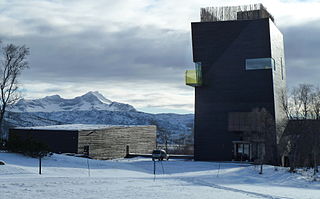
The Knut Hamsun Centre is a museum and educational centre in Hamarøy Municipality in Nordland county, Norway. It is dedicated to the life and work of the writer Knut Hamsun.
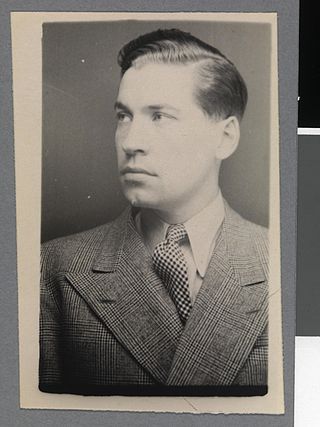
Tore Hamsun was a Norwegian painter, writer, and publisher born in Hamarøy Municipality. He was the son of the Nobel Prize winning novelist Knut Hamsun and actress Marie Hamsun.
Dreamers is a novel by Knut Hamsun from 1904. The novel is among Hamsun's last set in Nordland and it contains many comical and caricatured people and events.
Under the Autumn Star is the first book in Knut Hamsun's "wanderer trilogy." It was published in 1906 in Kristiania by Gyldendal. The other books in the series are A Wanderer Plays on Muted Strings (1909) and The Last Joy (1912).

Wayfarers is the first novel in the Wayfarers trilogy, also known as the August trilogy, by Knut Hamsun. It was first published in 1927. The novel portrays the wayfarers August and Edevart's experiences while they travel around in Norway for more or less random work. The trilogy continues with August three years later, and concludes with The Road Leads On in 1933.
Sverre Lyngstad was a scholar and translator of Norwegian literature. He is renowned for his significant contribution to making Norwegian literature accessible to an English-speaking audience, for which he was awarded the St. Olav's Medal in 1987 and the Royal Norwegian Order of Merit, Knight's Cross, First Class in 2004. He is best known for his translations of and commentaries on the works of Knut Hamsun, which are widely credited for helping to popularise Hamsun's work in the US and UK.
The Last Joy is the third book in Knut Hamsun's "wanderer trilogy." The novel was published in 1912, when Hamsun was just over 50 years old and had much of his writing ahead of him, but already knew the weight of age. The novel is set in the first person; the narrator has lived his life and now has the last joy of opting out of everything and just being with himself in nature. However, in Hamsuns's manner he cannot do it without revealing his self-deception.
A Wanderer Plays on Muted Strings is the second book in Knut Hamsun's "wanderer trilogy." The work was published by Gyldendal in 1909 in Kristiania. The other books in the trilogy are Under the Autumn Star (1906) and The Last Joy (1912).
Rosa is part of a double novel by Knut Hamsun first published in 1908. Benoni is the first part, and Rosa is the sequel and the final part of the double novel. The action is set in Nordland, in the village of Sirilund, with, among other characters, the merchant Mack and the upstart Benoni. Rosa is left alone after her husband leaves her.

August is the second novel in the Wayfarers trilogy, also known as the August trilogy, by the Norwegian author Knut Hamsun. The novel was published on October 1, 1930.

The Ring is Closed was the last novel by the Norwegian author Knut Hamsun. The book was published in 1936. In it, Hamsun writes once again about love that creates a fatal flaw for one party in a relationship.
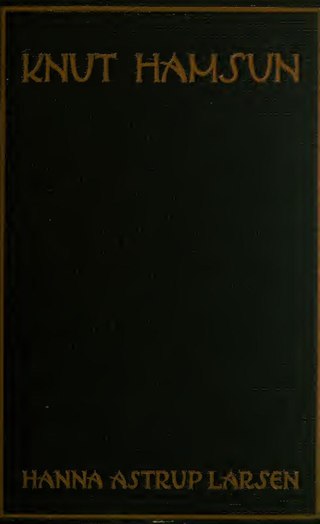
Hanna Astrup Larsen was a Norwegian-American writer, literary editor, and translator.
References
- ↑ Hamsun, Arild (1961). Om Knut Hamsun og Nørholm. Oslo: Aschehoug. p. 94.
- ↑ Swan, Addie May (June 30, 1934). "New Hamsun Book Marked by Humor and Genuineness". The Daily Times. Davenport, IA. p. 3. Retrieved August 23, 2020– via Newspapers.com.

- ↑ Stromswold, Dorothy (June 1, 1980). "Wanderer in Northern Norway Given Full Character Portrayal". The South Bend Tribune. South Bend, IN. p. 99. Retrieved August 20, 2020– via Newspapers.com.

- 1 2 "Knut Hamsuns nye roman". Grimstad Adressetidende (in Norwegian). No. 116. October 5, 1933. p. 1. Retrieved August 23, 2020.